Blur can be a frustrating problem when it comes to photos. Whether it's due to any reason can lack the clarity and impact we want from our images. Fortunately, there are ways to fix this issue and enhance the sharpness of your images.
In this blog post, we'll explore the topic of deblur and unblur in images. And we'll explore various methods for deblurring images to achieve sharp, clear images that truly capture the moment.
In this article
Part I. What's the difference between deblur and unblur?
During picture processing, you might frequently encounter these two terms. However, what is the precise significance of these words, and how do they relate to the picture processing process?
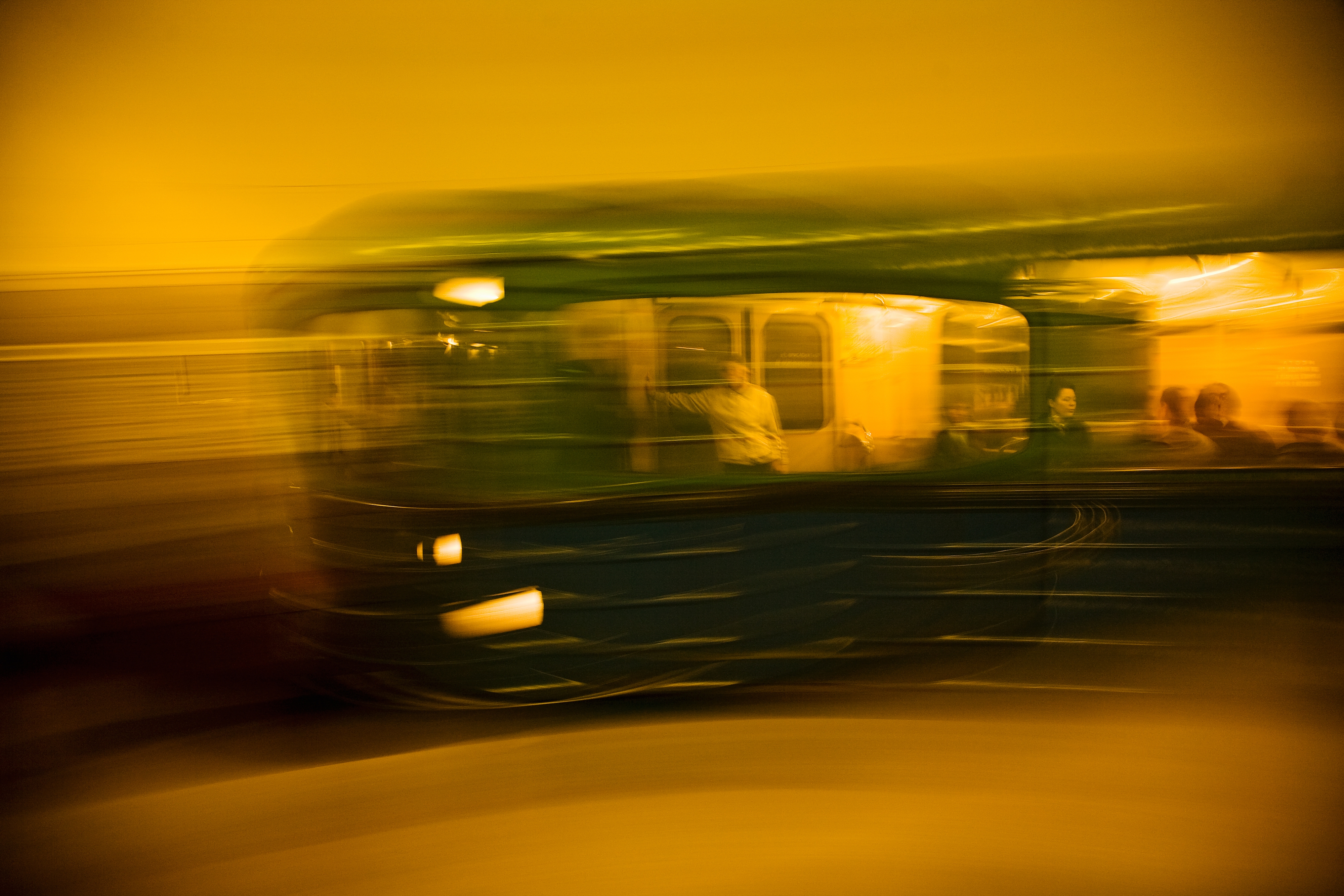
In image processing, deblurring and unblurring are often used interchangeably, but there can be some subtle differences between the two terms.
Deblurring usually refers to the process of removing blur or distortion from an image caused by a specific type of blur, such as motion blur or defocus blur. The goal of deblurring is to recover the original, sharp image as much as possible. Deblurring techniques typically involve analyzing the blur kernel, or the mathematical representation of the blur, and using it to undo the blur.
On the other hand, unblurring may refer to the general process of improving the sharpness or clarity of an image, regardless of the cause of the blur. Unblurring techniques may include sharpening, contrast enhancement, or other methods that improve the overall visual quality of an image, even if it is not specifically aimed at undoing a particular type of blur.
In short, deblurring is a more specific term that focuses on undoing a particular type of blur, while unblurring is a more general term that can refer to any method of improving the sharpness or clarity of an image.
Part II. Why might we need to deblur an image?
To improve image quality
Images that are blurred due to camera shake, motion blur, or other factors can appear blurry or out of focus, reducing their visual appeal and overall quality. Deblurring the image can help to restore its original sharpness and clarity, making it more visually appealing.
To enhance image analysis
In certain fields, such as medical imaging, deblurring an image can be important for accurate analysis and diagnosis. For example, a blurred image of a tumor may make it difficult to determine its size or shape, which could impact treatment decisions.
To improve surveillance and security
Blurred images captured by surveillance cameras can make it difficult to identify individuals or objects of interest. Deblurring the image can help to enhance its clarity and provide more useful information for security or investigative purposes.
Part III. The common types of blurs in images
There are several common types of blurs that can occur in images, each with its own distinct characteristics and causes. Here are some of the most common types of blurs.
Motion blur
This occurs when an object in the image or the camera itself moves while the image is being captured. Motion blur can create streaks or smears in the image, reducing its sharpness and clarity.
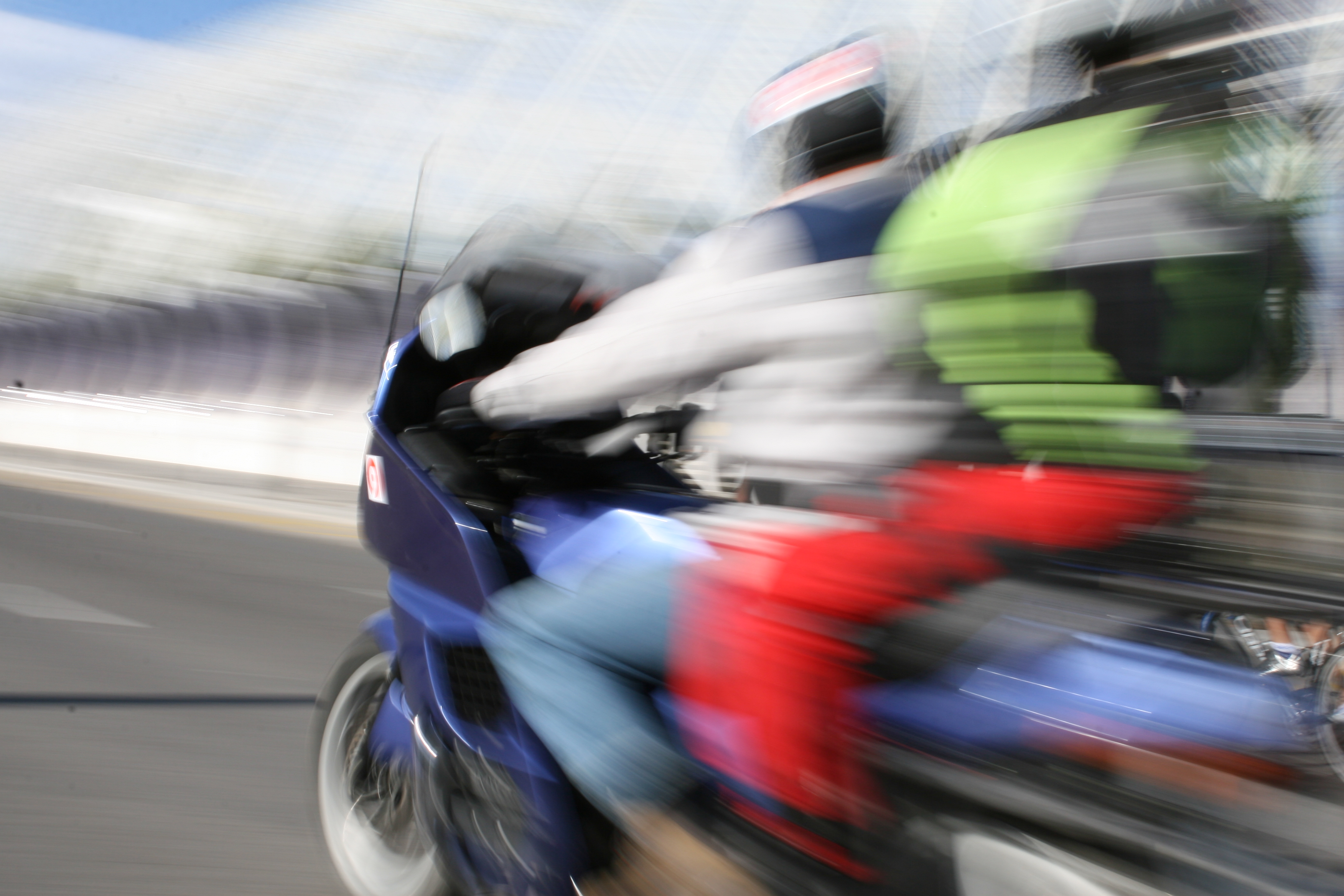
Defocus blur
This occurs when the camera is not focused correctly on the subject, resulting in a blurry image that is out of focus. Defocus blur can create a soft or hazy appearance to the image.
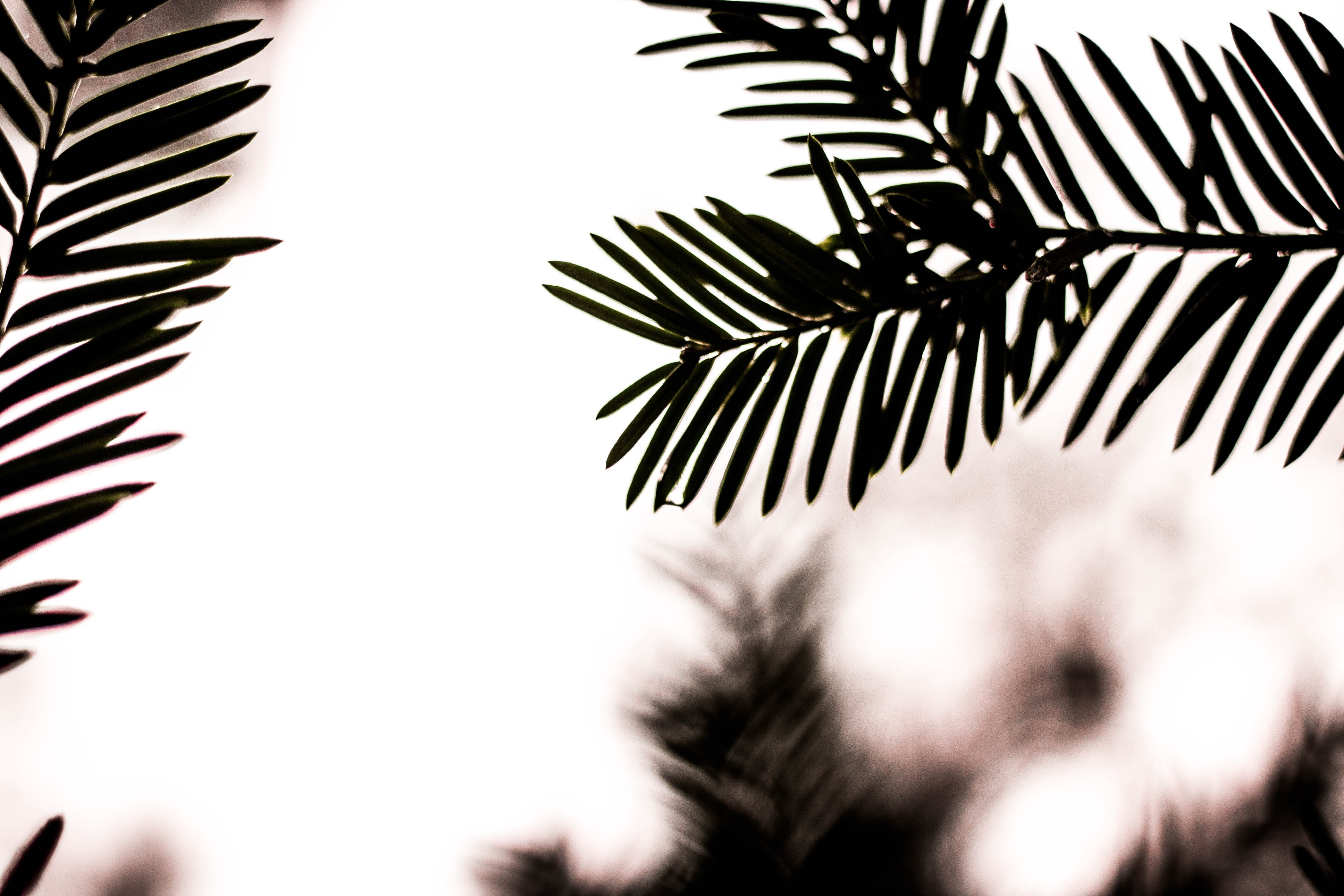
Gaussian blur
This is a type of blur that is applied to an image intentionally, often as a way of reducing noise or creating a certain visual effect. Gaussian blur creates a soft, smooth appearance to the image.
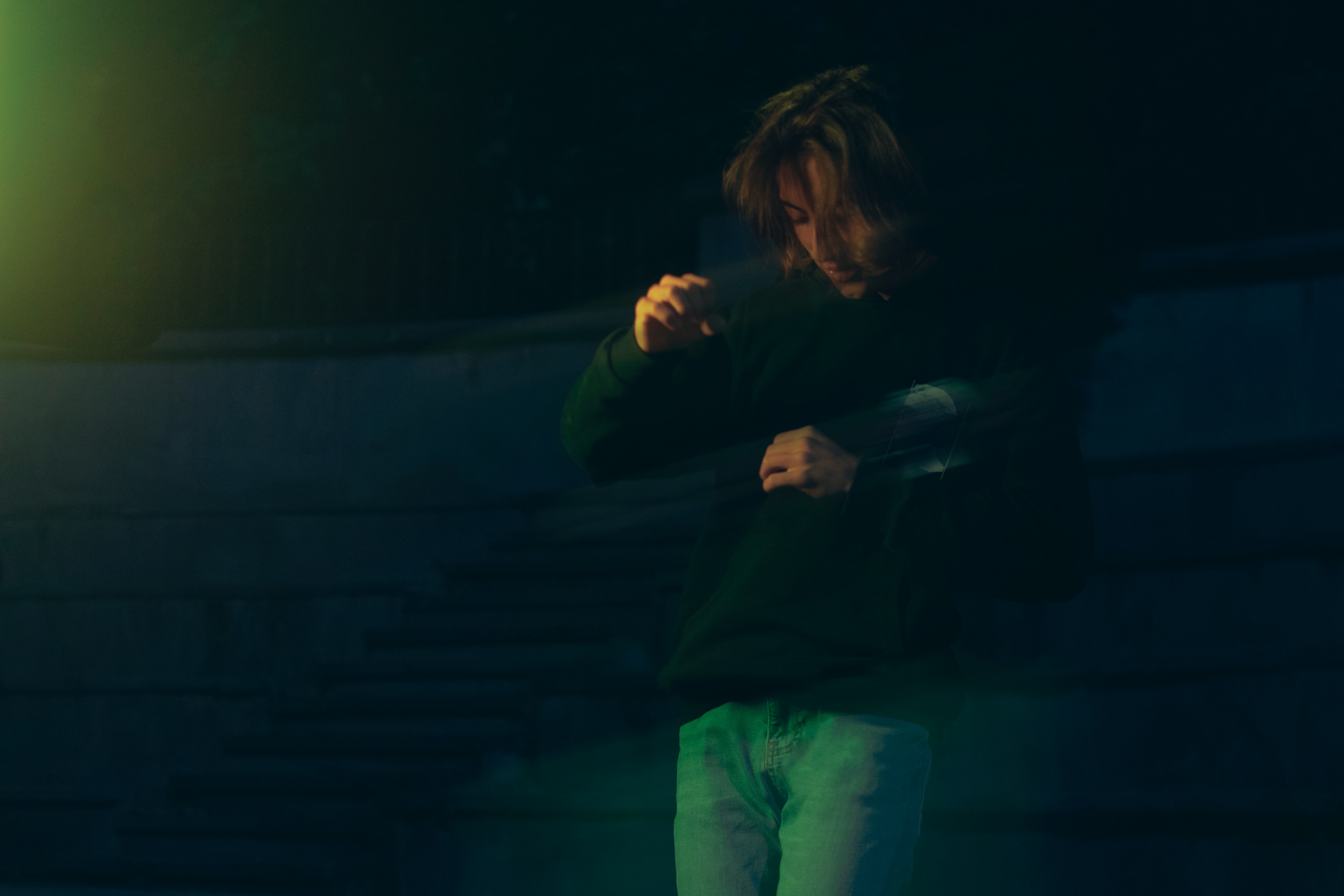
Lens blur
This occurs when the lens of the camera is not able to focus properly on the subject, resulting in a blurry or distorted image.
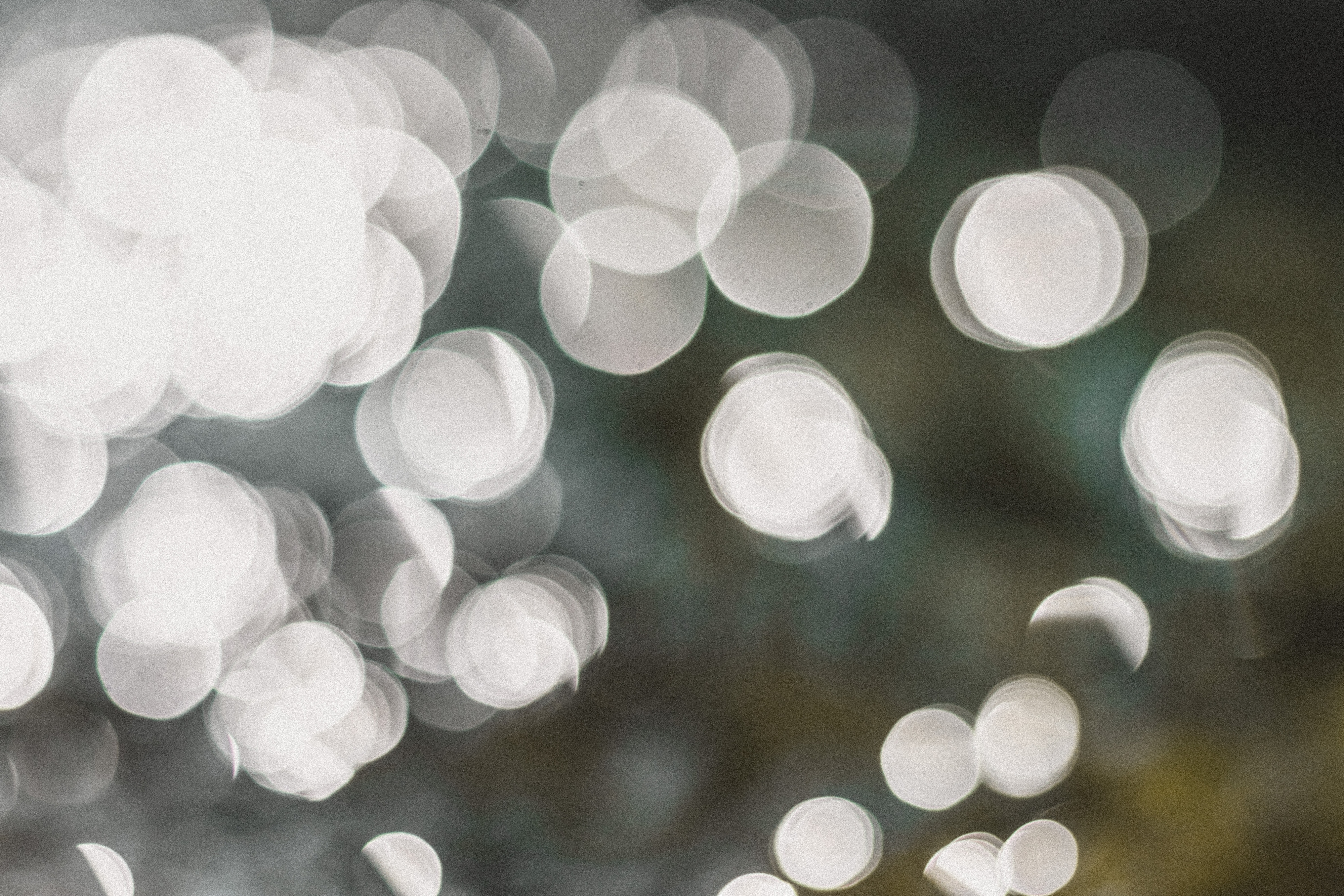
Underexposure blur
This occurs when the image is captured with insufficient light, resulting in a grainy or blurry appearance to the image. Click here if you want to know more about the underexposed photo.

Part IV. How to deblur images?
After learning about the different types of blurs, how can we eliminate them from these pictures?
Deblur image online
Here we highly recommend using online tools. Most online tools are equipped with AI tools and do not require users to have professional image editing knowledge. They can automatically identify and remove any type of blurriness from the image, giving you the clearest photo possible.
1. Media.io AI image sharpener
Ease of use: ★★★★☆
Processing result: ★★★★☆
Media.io is an online tool that offers a range of image editing features, including image sharpening and deblurring. The image sharpener feature is designed to enhance the sharpness and clarity of images that may have become blurry due to camera shake, focus issues, or other factors.
The tool is very easy to use. You can simply upload your image to the website, select the sharpening option, and adjust the settings to your liking. The image sharpener tool uses advanced algorithms to enhance the edges and details of the image, resulting in a crisper, more defined image.
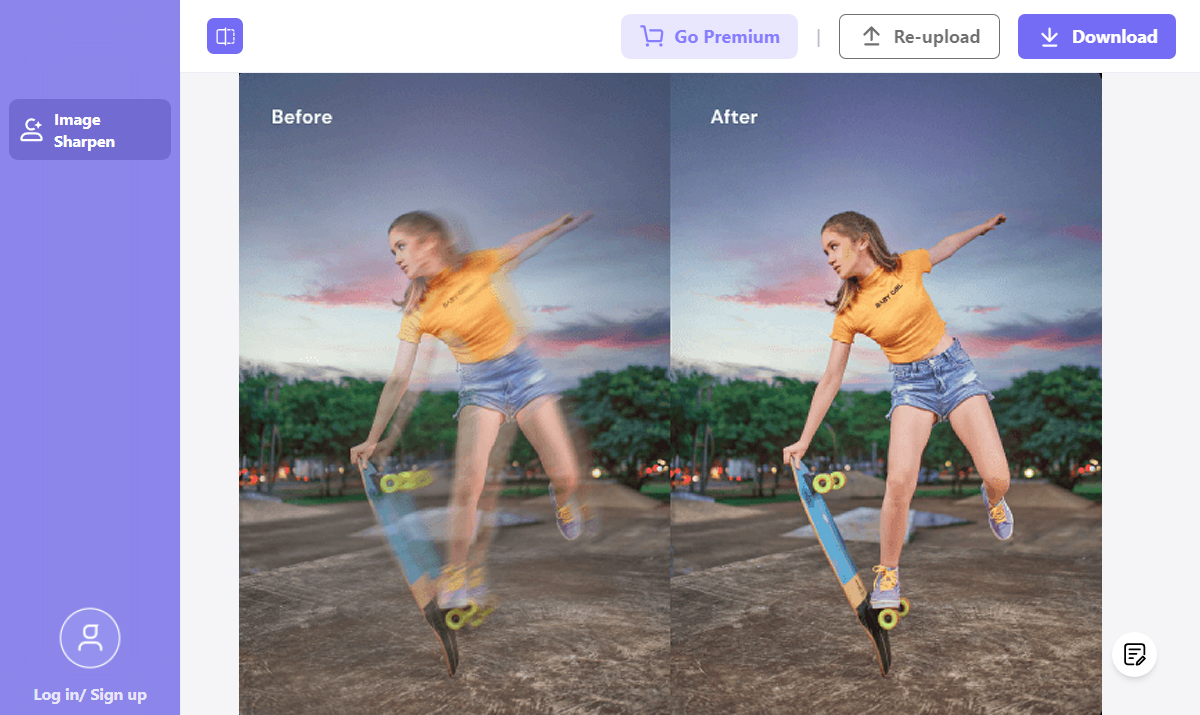
2. IMAGEamigo
Ease of use: ★★★★☆
Processing result: ★★★☆☆
ImageAmigo's Deblur is an online image deblurring tool that can help you restore blurry images to their original clarity. Whether you have a blurry photo due to a camera shake, low lighting conditions, or other factors, Deblur can help you recover the details and sharpness that you may have lost.
In addition to its deblurring capabilities, Deblur also offers several other image enhancement features, including color correction, contrast adjustment, and noise reduction. These features allow you to fine-tune your images to achieve the desired level of quality and detail.
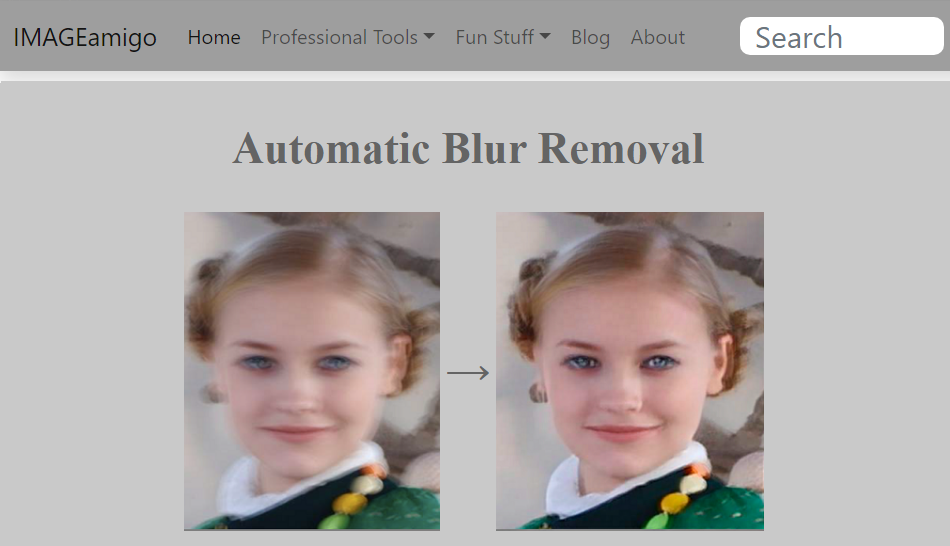
Deblur image app on mobile
Having a deblur image app on your mobile device means that you can edit your photos on the go without having to transfer them to a computer. This is especially convenient for those who take a lot of photos with their phone or want to quickly edit and share their photos with others. Check out the next apps we recommend for you.
1. Lightroom Photo & Video Editor
Ease of use: ★★★☆☆
Processing result: ★★★★☆
Lightroom Photo & Video Editor is a powerful mobile app designed to help you edit and enhance your photos and videos. Developed by Adobe, the app is packed with features and tools that allow you to adjust lighting, color, exposure, and other aspects of your images.
And its advanced algorithms help reduce blur in your photos and make them sharper and more detailed. Whether you've taken a photo that's slightly out of focus or you've captured a fast-moving subject, the deblur tool can help you salvage the image and create a clear, crisp final product.
2. Snapseed
Ease of use:★★★★☆
Processing result:★★★☆☆
Snapseed is a powerful photo editing app that allows you to take your images to the next level. With its advanced features and user-friendly interface, you can easily transform your photos into stunning works of art.
One of the standout features of Snapseed is its deblur image feature, which allows you to sharpen and enhance blurry photos with just a few taps. This feature is particularly useful for photos that were taken in low light or with a shaky hand, as it can help restore clarity and detail to the image.
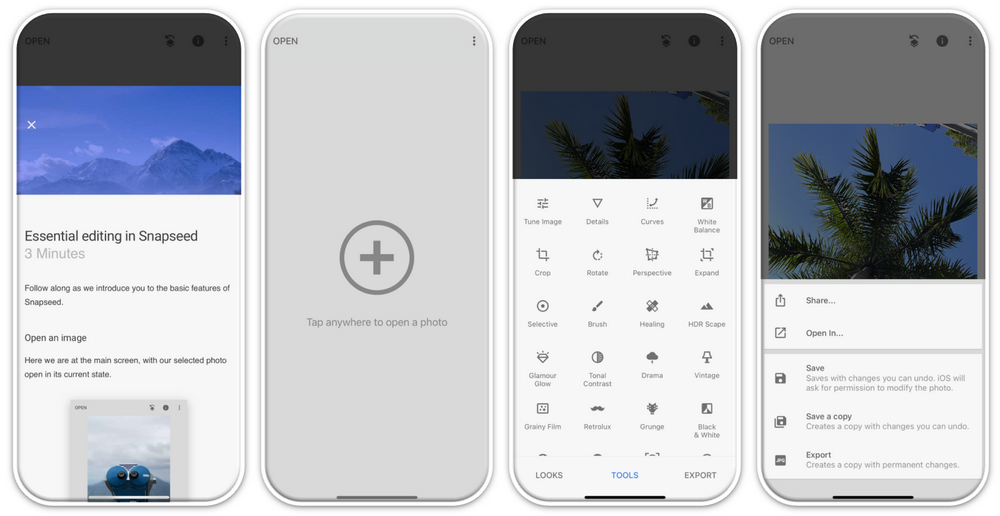
Part V. Tips and tricks for avoiding blur in images
To avoid trouble later on, we can try to avoid producing blurs as much as possible when taking photos in the first place. Because it can significantly reduce the quality and impact of the image. Next, we will provide some tips to help you minimize unnecessary blurriness while taking photos.
Use a tripod or stabilize your camera
One of the main causes of blur in photos is camera shake. By using a tripod or stabilizing your camera on a solid surface, you can eliminate this problem and keep your images sharp.
Increase your shutter speed
Another way to reduce blur is to increase your shutter speed. This is especially important when shooting in low light or when capturing fast-moving subjects.
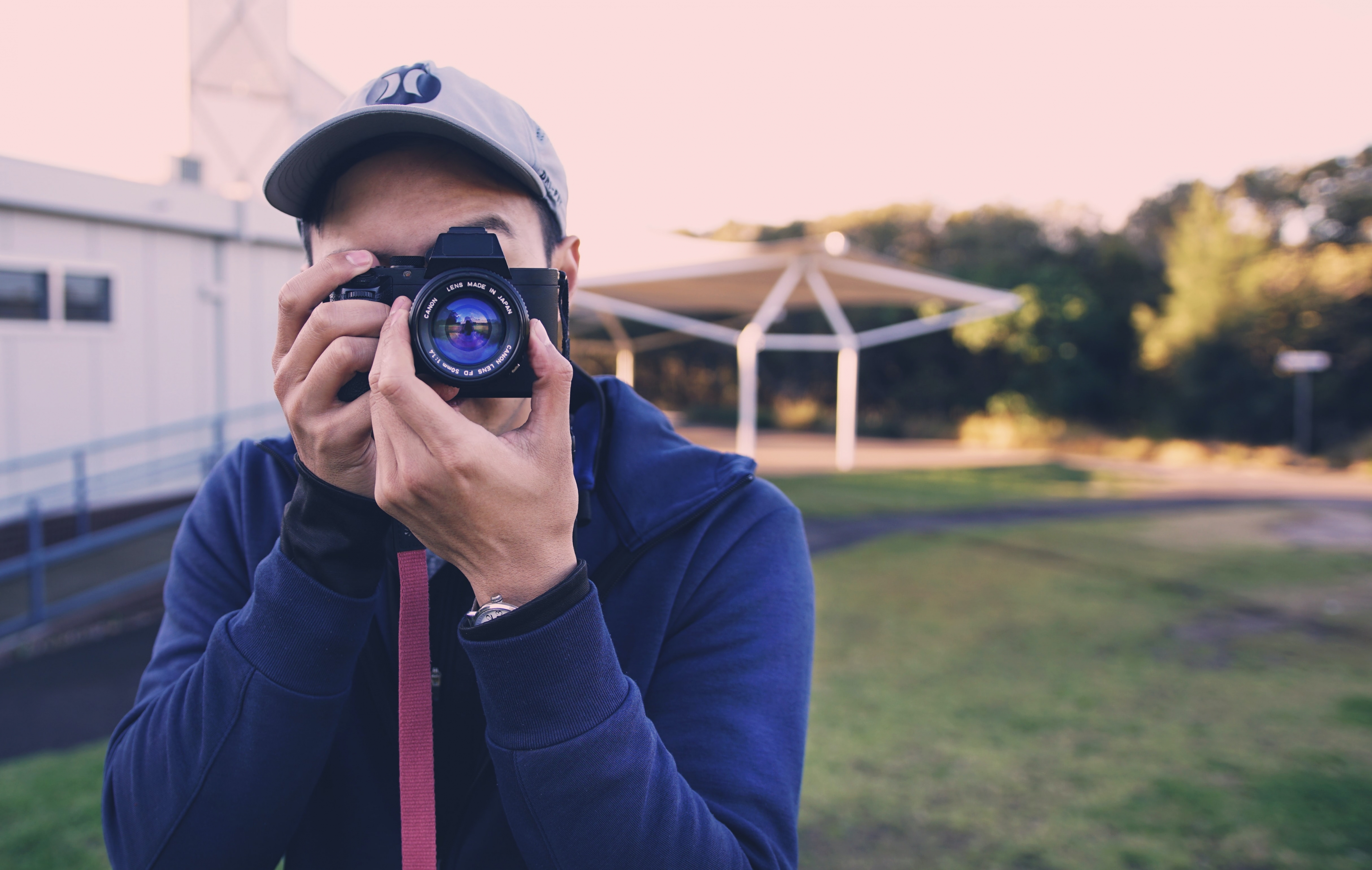
Use image stabilization
Many modern cameras and smartphones come with image stabilization technology built-in, which can help reduce blur in your images.
Choose the right lens
Some lenses are better suited for reducing blur than others. For example, lenses with a wider aperture (lower f-number) allow lighter to enter the camera, which can help you achieve a faster shutter speed.
By following these tips, you can minimize blur in your images and create sharp, clear photos that truly capture the moment.

